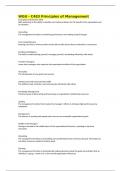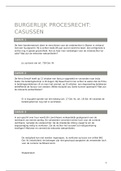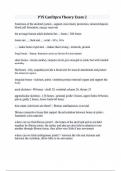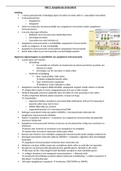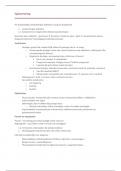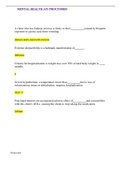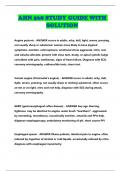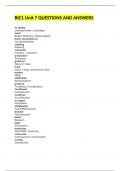Examen
WGU - C483 Principles of Management
- Grado
- Institución
WGU - C483 Principles of Management Conceptual and Decision Skills Skills pertaining to the ability to identify and resolve problems for the benefit of the organization and its members Controlling The management function of monitoring performance and making needed changes Cost Competit...
[Mostrar más]
